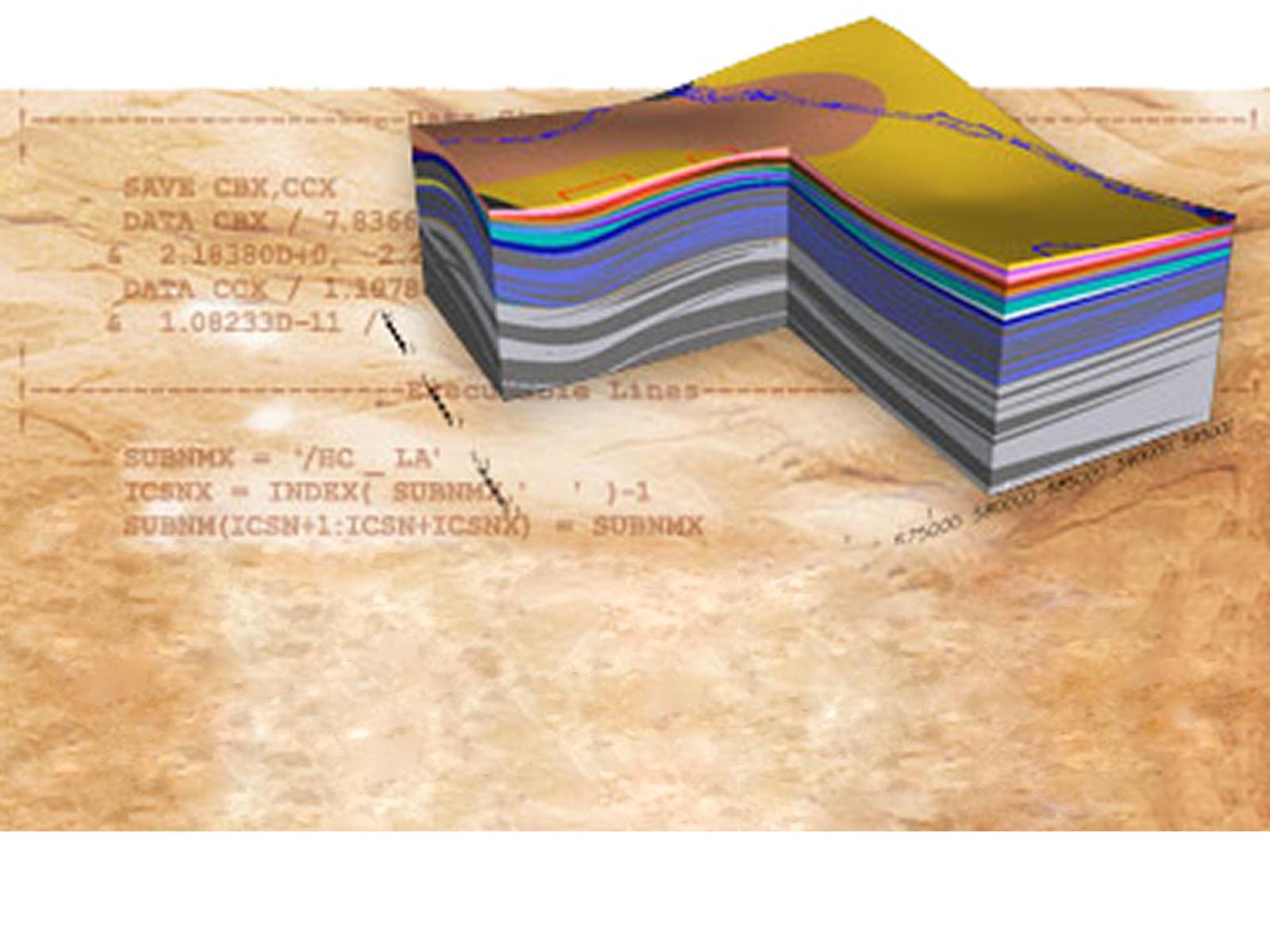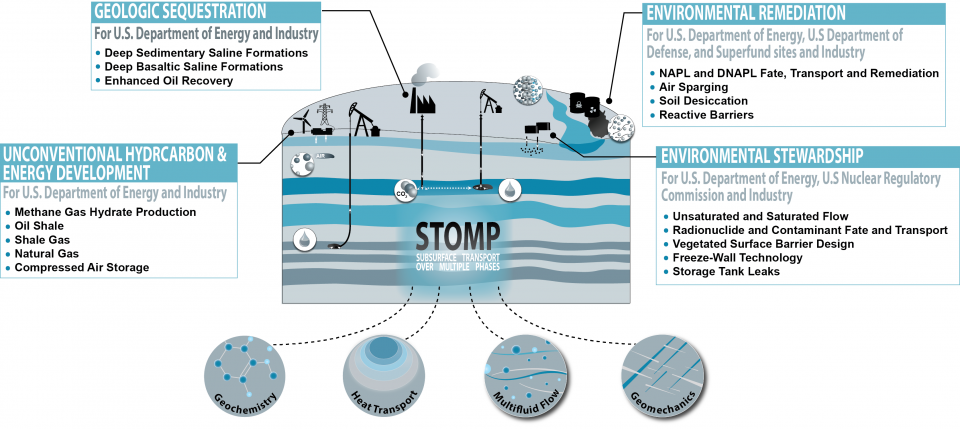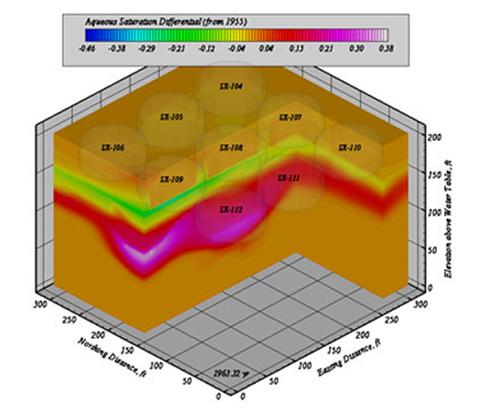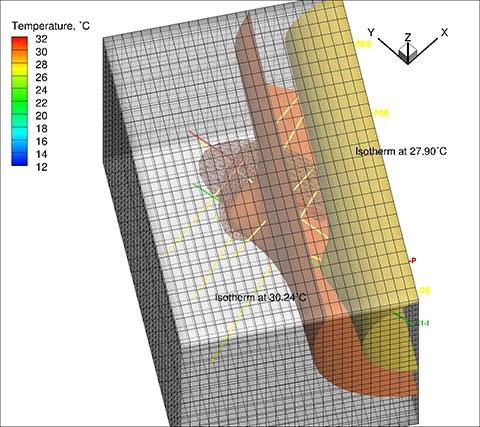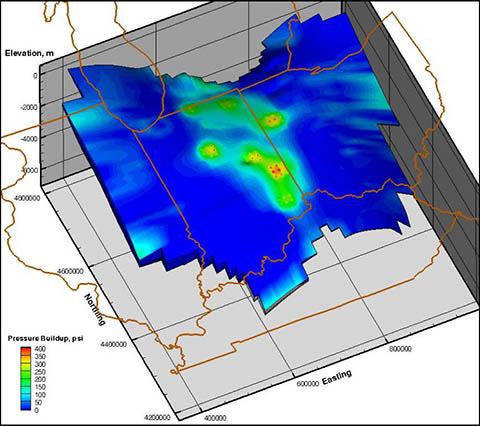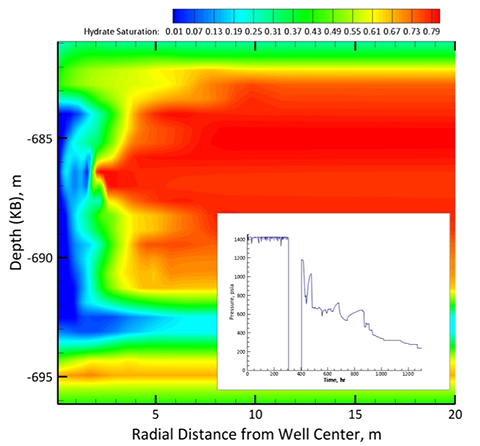STOMP
Subsurface Transport Over Multiple Phases
STOMP is a suite of numerical simulators for solving problems involving coupled flow and transport processes in the subsurface. STOMP is based on mathematical equations that describe our understanding of hydrologic, thermal, thermodynamic, geochemical, and geomechanical processes. STOMP solves these equations by parsing a subsurface volume into computational blocks and then solving algebraic forms of the equations collectively for the blocks. The suite of STOMP simulators is distinguished by application areas and solved mathematical equations.
